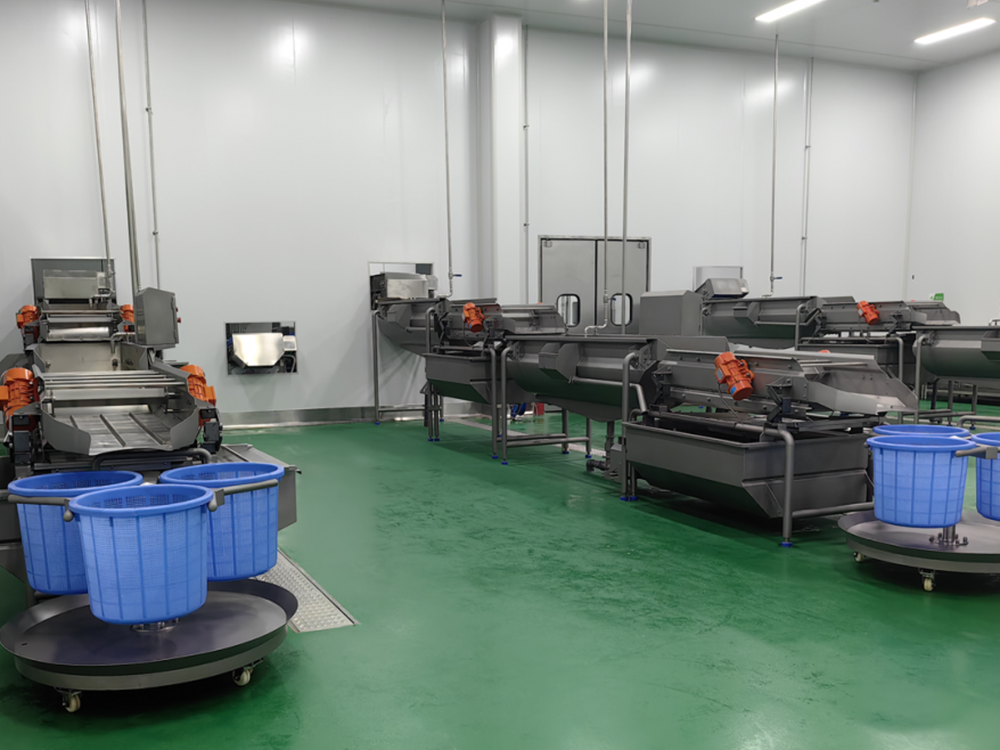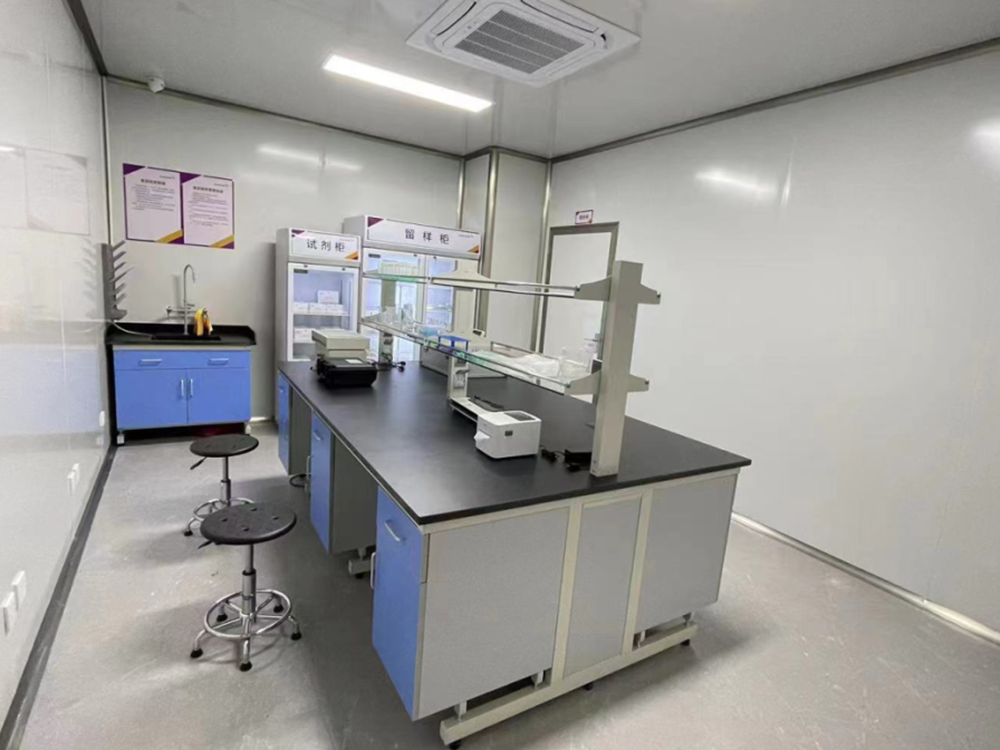1. Smart Layout Planning
Central kitchen workflow design is a complex process that requires thorough planning and optimization from multiple perspectives. First and foremost, a well-thought-out layout is essential. Based on the specific food processing steps, work areas should be reasonably divided to ensure safety, efficiency, and hygiene. Factors such as kitchen space, equipment placement, and staff movement paths must be carefully considered. Optimizing these elements can significantly enhance overall operational efficiency.

2. Equipment Selection and Placement
Equipment selection and arrangement are equally important. It is crucial to choose professional processing equipment that meets operational needs, such as cooking units, refrigeration systems, and ingredient preparation tools. Equipment should be laid out in a way that minimizes cross-contamination and boosts workflow efficiency. At the same time, it must support high-volume, efficient production to increase overall capacity.

3. Workflow Optimization
Workflow optimization is an indispensable part of central kitchen design. Depending on the characteristics of the dishes being prepared, tailored food processing workflows should be developed and refined continuously. This helps improve production efficiency and product quality. Additionally, food safety practices—such as regular handwashing and disinfection—must be enforced to maintain hygiene throughout the process.
4. Staff Management and Training
Effective staff management and training are also essential. A sound training system should be established to enhance employees’ operational skills. Job responsibilities and procedures must be clearly defined, and operational discipline should be reinforced. Furthermore, staff hygiene awareness must be strengthened to ensure a clean and orderly food processing environment.
5. Information-Based Management
Digitalization is a key component of modern central kitchen design. By implementing smart management systems, enterprises can monitor and control production, quality checks, logistics, and more. Data analytics can be used to optimize workflows and improve operational efficiency. This not only enhances the precision of production management but also provides valuable data support for future process improvements.

Conclusion
In summary, central kitchen workflow design requires a holistic approach—covering layout planning, equipment configuration, process optimization, staff training, and digital management. Only by addressing all these areas can food processing be truly efficient, safe, and hygienic.
 Hot News
Hot News